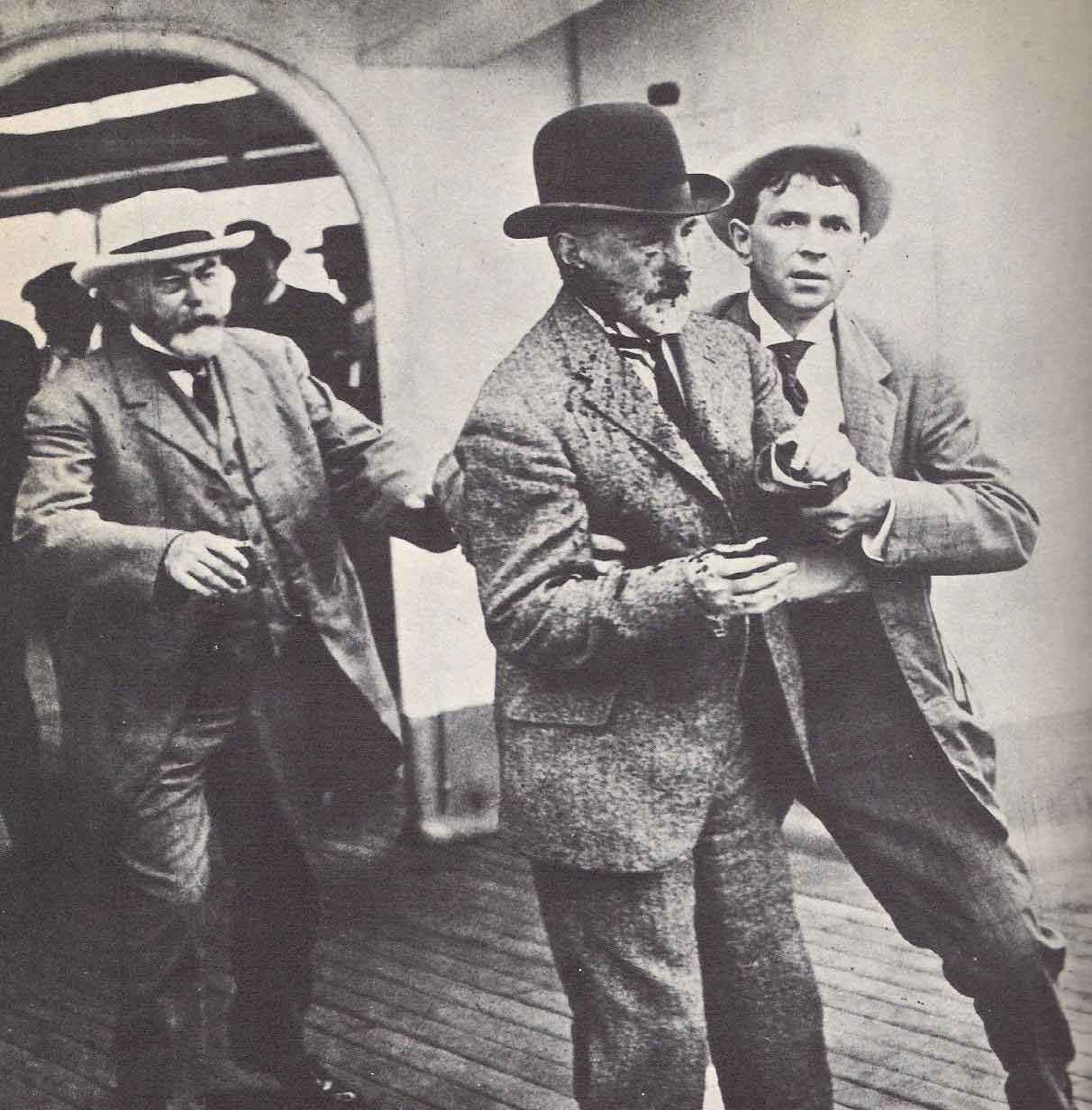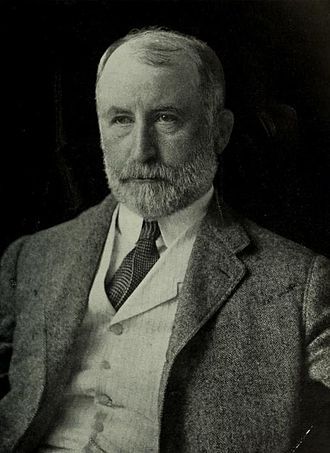Last-Minute NYC Holiday Gift Guide 🎁
We’ve created a holiday gift guide with presents for the intrepid New Yorker that should arrive just in time—


William Jay Gaynor was the 94th mayor of New York City from 1910 to 1913 and a New York Supreme Court Justice from 1893 to 1909. Associated with Tammany Hall, Gaynor sought to reform the city’s living conditions and decrease class inequality. But the politician, who for over a decade was a mouthpiece for the political machine, started to reject the corrupt group upon taking office — at the recommendation of journalist and opponent William Randolph Hearst. He also refused to take orders from Tammany boss Charles Francis Murphy, leading him to enact policies without external political influence. “I enter upon this office with the intention of doing the very best I can for the City of New York. That will have to suffice; I can do no more,” he said on January 1, 1910 — after taking a walk from his Park Slope home at 20 Eighth Avenue to City Hall for the first time.
Gaynor, who was nominated for mayor by Tammany Hall, filled important government roles with experts and city employees selected from civil service lists. In addition to denouncing the police as tyrannical and attempting to reduce crime and poverty, he railed against efforts to stop the development of the subway system. As he once quipped, “The world does not grow better by force or by the policeman’s club.”
However, the oft-forgotten mayor, whose efforts were applauded by thousands of New Yorkers over a century ago, would face quite a bumpy next few years. While vacationing on the ocean liner SS Kaiser Wilhelm der Grosse on August 9, 1910, a city employee named James J. Gallagher, who had been recently fired from his job of seven years on the docks, shot Gaynor through the back of his neck. The ship boarded in Hoboken, New Jersey, and was en route to Europe. According to Gaynor, he could not see or breathe, and he heard a “metallic roar” coming and going in his head. And the motive? Gallagher stated that Gaynor “took away my bread and meat. I had to do it.”

Although relatively unknown today, the attempted assassination is memorialized in a photograph by William Warnecke for the New York World. Warnecke had intended to capture the mayor in conversation with another man, but he coincidentally caught the exact moment that Gallagher shot the bullet at point-blank range. The photograph is now a highly praised staple of photojournalism.
Gaynor is the only New York City mayor to be hit by a bullet during an assassination attempt. However, Gaynor did not die immediately after the incident. He actually recovered quite quickly, but the bullet remained lodged in his throat for three years. Although he continued his work as mayor — and gained so much popularity and credibility that some wanted him to run for Governor or even President — he became rather weak and sometimes unable to perform his daily tasks. He was nominated for mayor again as an independent since Tammany Hall would not support him any longer.

Despite the lingering impact of the bullet, Gaynor seemed to be on track for an even more successful political career. But after accepting the nomination for a second mayoral term, he set sail for Europe — again — this time on the RMS Baltic. Given his horrible luck the first time he took a boat to Europe, one would think he’d stay away from them. But his poor luck continued this time around, when on September 10, 1913, just six days after boarding, he died on a deck chair perhaps as a result of his injuries three years prior; doctors believe he died of a heart attack, though. His funeral procession was the largest New York City had seen since President Abraham Lincoln’s in 1865.
Gallagher had died just a few months prior to Gaynor at an insane asylum in Trenton, New Jersey. Gaynor is buried at Brooklyn’s Green-Wood Cemetery, and his memorial there consists of a large open granite circle on the ground. His summer home of Deepwells in Suffolk County still stands. The Gaynor Memorial Committee also commissioned German-born sculptor Adolph Alexander Weinman to create a bust of Gaynor in Cadman Plaza flanked by a pair of allegorical bas-reliefs representing law and strength on one side and knowledge and ease on the other. “Ours is a government of laws not men,” an inscription on the monument reads.
Next, check out the Top 10 Secrets of Tammany Hall!
Subscribe to our newsletter